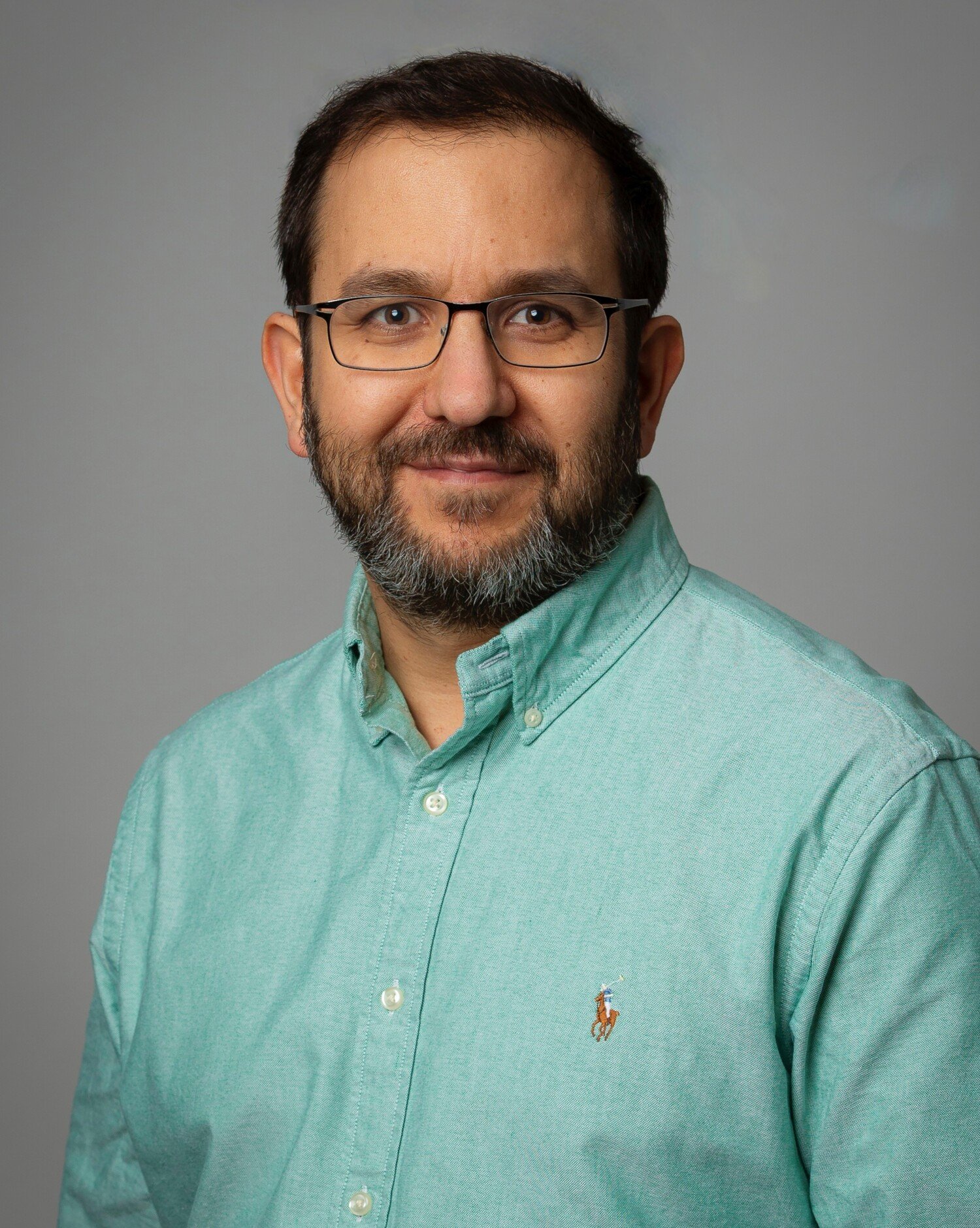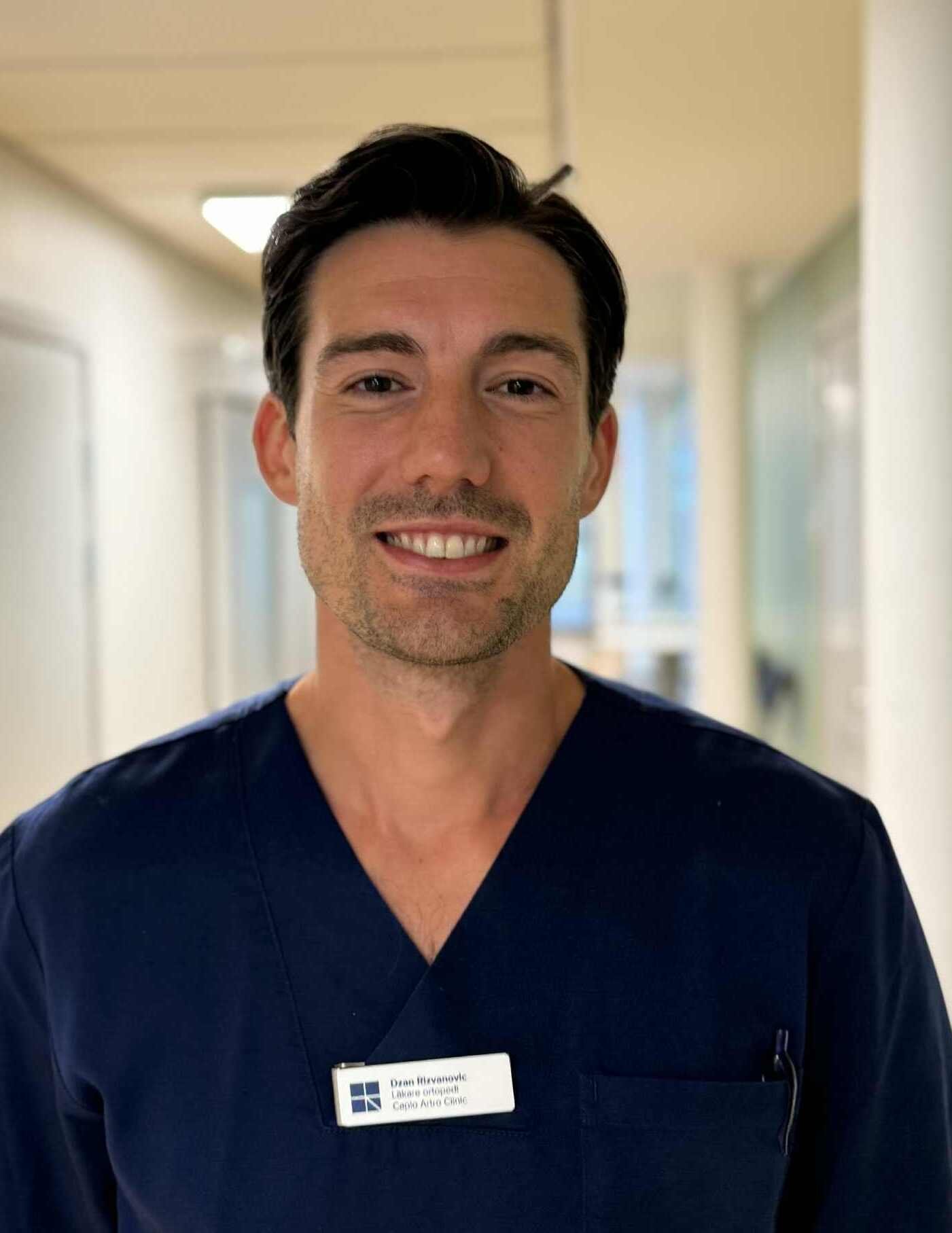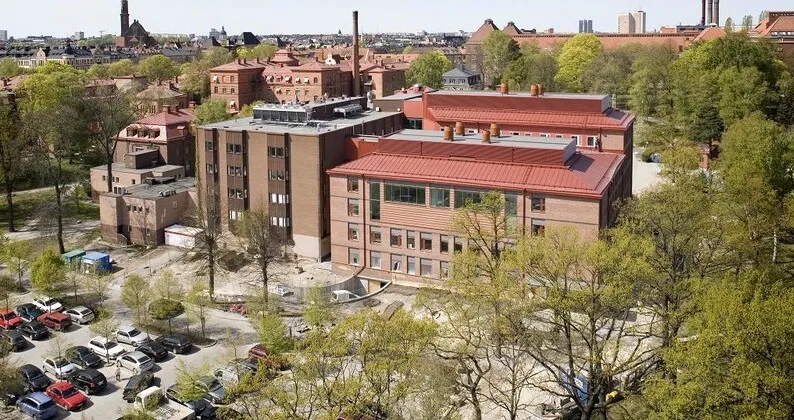Research projects

Daniel Castellanos Dolk, MD, orthopaedic surgeon, began with the doctoral thesis project ”Anterior Cruciate Ligament Reconstruction in competitive athletes: Incidence, surgical techniques and return to sports” in 2019.
The thesis project aims to explore and contribute with a broader understanding of what it means to undergo an anterior cruciate ligament reconstruction (ACL-R) as an athlete in Sweden. We will follow higher-level athletes from the very beginning, studying the incidence rate of ACL-R across six different sports and identifying injury patterns of associated injuries. Moreover, we aim to explore different surgical techniques by comparing semitendinousus and bone-block quadriceps autografts in athletes undergoing ACL-R. Finally we will follow athletes back to sports and study the return-to-sport rates after ACL-R in high-demanding sports in two different studies.

Stefan Kauppinen, PhD Student KI, MMK
Injury patterns in ice hockey, with special emphasis on hip injuries.
Ice hockey is a fast-paced, contact sport were the risk of injury is high. Additionally, playing at elite level increase it even more. Acute traumatic injuries occur predominantly during games. The most common mechanisms are body checking, collisions, contact with puck, stick as well as the environment in the rink. Overuse injuries predominantly engage lower back, hip-groin and knees.
The sport has undergone changes. It´s faster, more aggressive and intense with higher skating speeds and longer playing sequences. Therefore, there is a raised concern about increased incidence of concussions and other serious traumatic injuries, potentially leading to longer time-loss, residual dis-ability and career ending. Knowledge of a sports injury pattern is key to design preventive measures.
Since 2007, injuries within the Swedish Hockey League (SHL) have been recorded in the Swedish National Sports Injury Register (SNSIR). In two proposed sub-projects, these injury data will describe the current injury risk, pattern, diagnosis, severity and burden in a cohort of players in SHL, (study 1 & 2). In one cross-sectional survey study we will describe the seasonal prevalence of injuries and compare these between genders as well as location, severity and onset of injury (study 3).
In another prevalence study on hip-groin pain among junior elite hockey players we will examine hip ratio of motion, hip impingement tests and other groin structures according to the Doha criteria on entities of hip-groin pain among athletes. The subjects will also complete a survey of PROMs (HAGOS, OSTRC-O) regarding hip-groin pain and dysfunction and a hip x-ray to detect any bone morphologic changes. The prevalence of these conditions in this population and correlation between self-reported symptoms, decreased hip movement and radiological findings will be studied (study 4).

Firathan Koca, PhD Student KI, MMK
Doctoral thesis project "The effect of graft choice in ACL surgery"

Katarina Lindgren, PhD Student KI, MMK

Dzan Rizvanovic, PhD Student KI, MMK.
Conducts research on anterior cruciate ligament injuries. Doctoral thesis project “Anterior cruciate ligament reconstruction – rationale for graft choice and treatment of associated injuries”.
In parallel, research is underway within the framework of committee work within ESSKA (European Society of Sports Traumatology, Knee Surgery and Arthroscopy).

Filip Vuletić, PhD Student KI, MMK.
Overview of the Study: Patient and Surgical Factors Influencing Outcomes After Anterior Cruciate Ligament Reconstruction
This project consists of four interconnected parts aimed at enhancing our understanding of recovery after ACL reconstruction. It focuses on identifying risk factors linked to loss of knee extension and their effects on patient outcomes, while also examining long-term issues such as kneeling pain and mobility restrictions five years post-surgery. Additionally, a comparative analysis of two surgical techniques will address donor site morbidity.
Background and Significance. ACL injuries pose significant challenges, especially for athletes, with an annual incidence of 78 per 100,000 in Sweden. Loss of knee extension post-surgery is a common complication that can lead to osteoarthritis and affect long-term joint health. The type of graft used—hamstring versus bone-patellar tendon-bone (BPTB)—also influences donor site pain and functional outcomes. Future research will explore pain variations between quadriceps tendon and BPTB autografts, addressing a current gap in data.
Research Design and Objectives. The project includes three registry studies and one prospective randomized trial:
- Registry Study 1: Analyzes risk factors for extension deficits after ACLR.
- Registry Study 2: Compares postoperative pain and extension loss between hamstring and BPTB autografts.
- Registry Study 3: Investigates five-year post-op risk factors for kneeling pain.
- Prospective Study: Examines how different surgical techniques can reduce anterior knee pain and enhance BPTB graft outcomes.
Overall, the project aims to promote personalized treatment strategies, minimize donor site complications, and improve long-term quality of life for ACL reconstruction patients.
More information about ongoing research projects on the website of Stockholm Sports Trauma Research Center (in Swedish)

